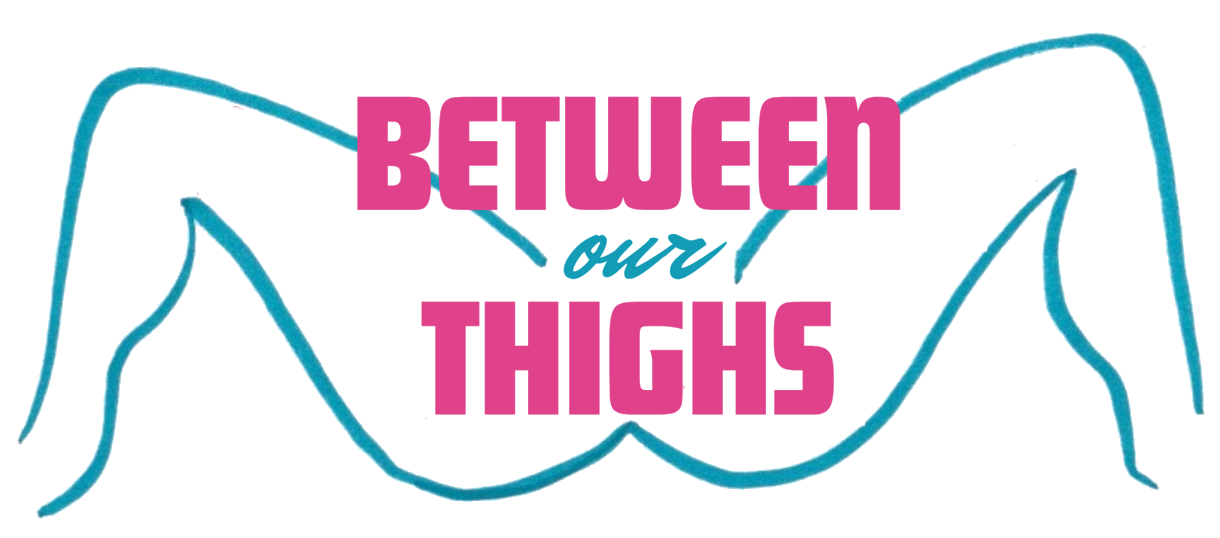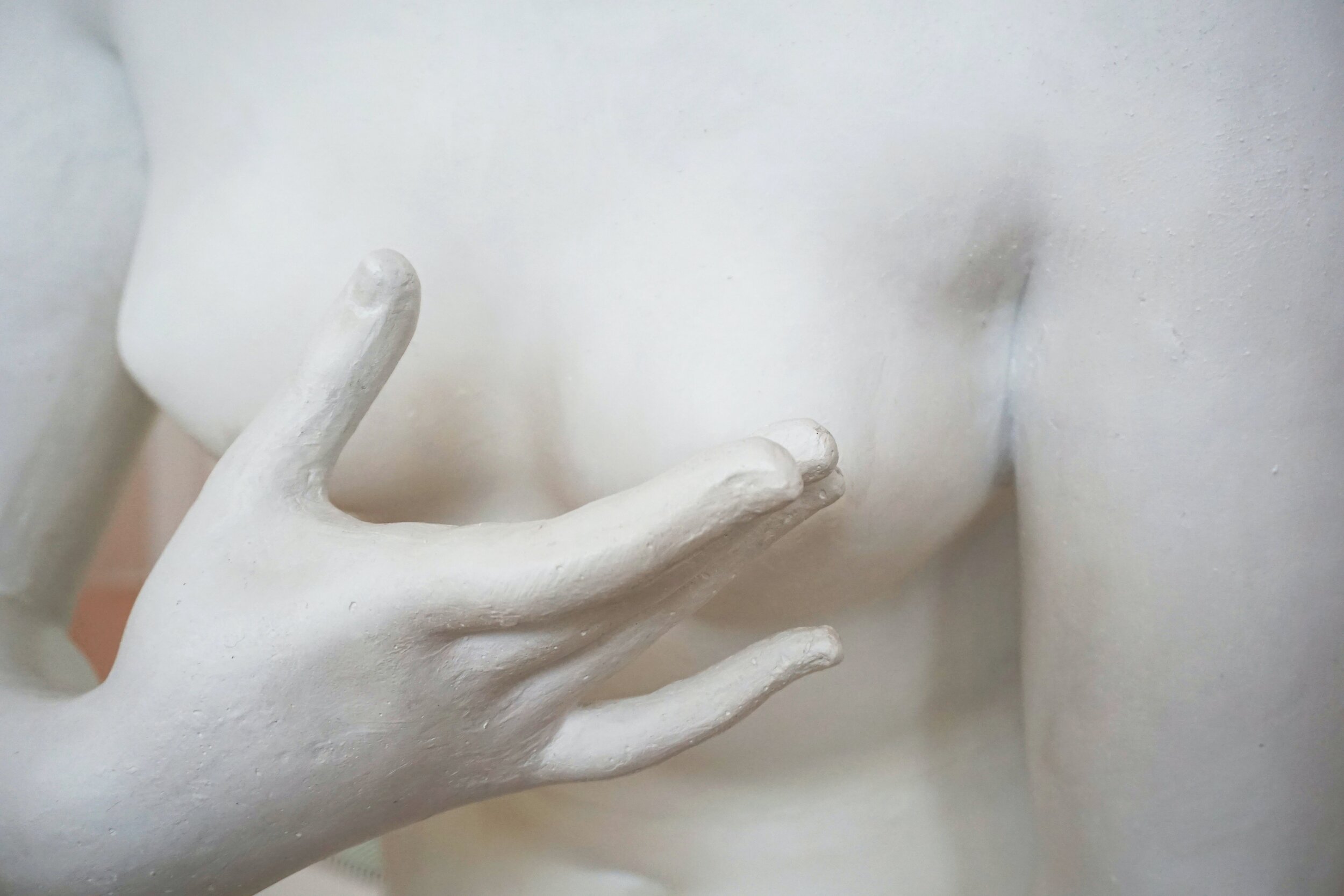Breast Cancer Awareness Month: A Complete Look at Breast Health
Breast Cancer Awareness Month is held in October each year to raise awareness about the disease’s effects and remove the stigma associated with it via education about signs and treatment. We wanted to have this important conversation here at Between Our Thighs, so that you are informed of the signs and symptoms of breast cancer, as well as how to check yourself for cancer symptoms.
After all, something as simple as this can potentially save your life. So, let’s open the discussion and talk about breast health, something that goes beyond just wearing the breast cancer ribbon of support.
How to prevent breast cancer
While there is no sure-fire way to avoid breast cancer, there are several things you can do to live a healthier life and reduce your chances of getting it. Maintaining a healthy weight, keeping physically active, and consuming nutritious foods can be effective methods (plenty of fruits and vegetables while avoiding consuming more than a single alcoholic drink per day).
Smoking, using birth control after the age of 35, and postmenopausal hormones are all variables that can contribute to breast cancer development. For the latter, combination hormone therapy may increase the risk of breast cancer. Discuss the risks and advantages of hormone therapy with your doctor, and remember that non-hormonal treatment and drugs may be able to help you control your symptoms instead. If you feel that the benefits of short-term hormone therapy exceed the dangers, start with the lowest dose that works for you and keep your doctor updated on your progress. Folks who have given birth and opt to breastfeed also have a lower likelihood of developing breast cancer, as it has been linked to a lower risk of breast cancer. The longer you breastfeed, the more protective benefits you’ll get.
Check yourself out
Check your breasts more often than one time during October’s Breast Cancer Awareness Month. Feel around your breasts at least once a month for any lumps, feelings of breast pain or tenderness, and then examine yourself in front of a mirror to take notice of any visual changes that might have shown up since you last performed a self-check. Changes in the shape, colouring, and direction that your nipples point (for example, it can begin to turn inward, into the breast) are visual indications, as are dimpling, puckering, redness, and scaling. If you menstruate, make sure this test is performed a few days after your period, so your breasts aren’t sensitive or swollen due to your period.
It’s essential to mention that breast cancer in men, as well as anyone with a penis, is possible; it isn’t just people with vulvas who can be diagnosed. Like many cancers, it can affect anyone. As a result, self-checks should be practised by everyone. It’s better to be safe than sorry, right?
It’s time to see a doctor
Even if no symptoms are present, vulva owners should get routine mammograms once they reach the age of 50 (and every one to two years after). If there is a family history of breast cancer, this age can be lower, with testing often taking place ten years before the family member was initially diagnosed. But why are mammograms so important?
First things first: A mammogram is an X-ray image of the breast that is safe and reasonably precise, used as a diagnostic tool for over 50 years. They are perhaps the most significant tool doctors have for screening for breast cancer and diagnosing, evaluating, and following up on those who have already been diagnosed with breast cancer in the past.
Even if you aren’t due for a mammogram, we urge you to contact your doctor right away if you notice absolutely any symptoms. If they find cancer, a doctor can then diagnose it and determine the best course of action to take moving ahead while keeping your health and medical history in mind.
As attention is drawn to Breast Cancer Awareness Month, it’s important to remember that it’s about more than just wearing a breast cancer ribbon and calling it a day. It’s all about becoming aware of the disease’s signs and symptoms, checking oneself regularly, and seeking medical advice if any red flags appear. Regular check-ups and tests are, of course, essential for early detection and can save your life.
Are you aware of the various stages of cancer and how they can affect things like breast pain and cancer symptoms? Will you be wearing your breast cancer ribbon to support fighters and survivors this Breast Cancer Awareness Month? Let us know your thoughts in the comments below.




